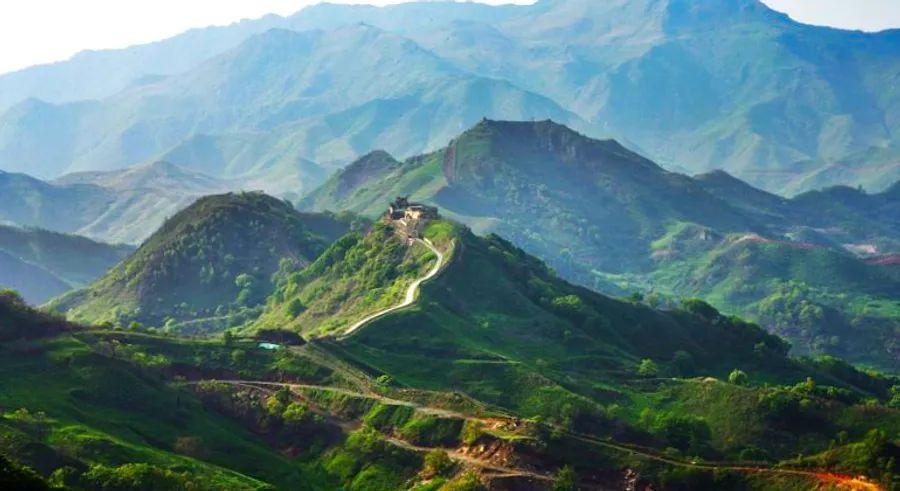Discover the photographer capturing life along the Korean Peninsula's DMZ

For some, it’s a forbidden zone, one of the most militarized regions on the planet. For others, it’s known as one of the most perilous places in the world.
The Korean Peninsula’s Demilitarized Zone (DMZ) can be described in countless ways.
Stretching 250 kilometers long and 4 kilometers wide, the DMZ—an area that has separated North and South Korea since 1953—has sparked both intrigue and fears of conflict.
However, for Jeong Seung-ik, a South Korean photographer, the DMZ represents more than just a divided space. He has spent nearly two decades documenting the daily lives of soldiers stationed there, offering a unique glimpse into this heavily guarded zone.
“Part of my job is to follow soldiers, and I often see young men heading into perilous areas,” says Jeong. “While it’s important to highlight the strong presence of our military, I also strive to capture their emotions—whether it’s joy or other expressions on their faces,”
A Hidden Sanctuary within the DMZ
While Jeong is often focused on military maneuvers and soldiers in uniform, the DMZ is also home to something unexpected—a tranquil wildlife haven, offering untouched views of nature, despite its reputation as a symbol of an unresolved war.
“As a military photographer, I find it fascinating to document the remnants of war within the DMZ, but equally captivating is the remarkable preservation of the ecosystem. That’s why I return here so frequently,” says Jeong.
“One of the most unforgettable shots I captured inside the DMZ was of cranes soaring over a guard post. That image made me realize how a single photograph can convey the essence of peace,” Jeong reflects.
Ultimately, it’s peace—or the aspiration for it—that Jeong seeks to share with the world.
According to the International Campaign to Ban Landmines, an estimated two million landmines were planted within the DMZ.
Although both Koreas and the international community are actively working to clear the mines, many remain hidden and undiscovered.
A Glimpse into the DMZ
Since Jeong is employed by the South Korean military to document life in the DMZ, he has access to areas off-limits to the public. However, he believes there are still certain locations worth visiting for those wanting a rare view of the DMZ.
One significant site is the Baengmagoji Monument, a memorial dedicated to one of the bloodiest battles of the Korean War, where over 17,000 lives were lost, according to the Korea Tourism Organization.
Atop a hill, a towering 73-foot monument and a memorial hall await visitors before they reach a viewing platform that overlooks the DMZ’s restricted zone. From this vantage point, you can spot both a South Korean and a North Korean guard post in the distance.
Another notable site is the old Korean Worker’s Party Headquarters in Cheorwon, where the scars of the Korean War remain visible in the bullet-ridden walls. Built by North Korean soldiers during their occupation of the area in the 1940s, the structure was designed to assert their control after Korea’s liberation from Japanese rule.
In May 2002, this historical site was officially recognized as South Korea’s Modern Cultural Heritage no. 22.
“I believe it’s my responsibility to make the DMZ known worldwide,” Jeong says. “Even if reunification occurs someday, I hope my photographs will help preserve the DMZ as it is now for future generations.”

1

2

3

4

5
Evaluation :
5/5